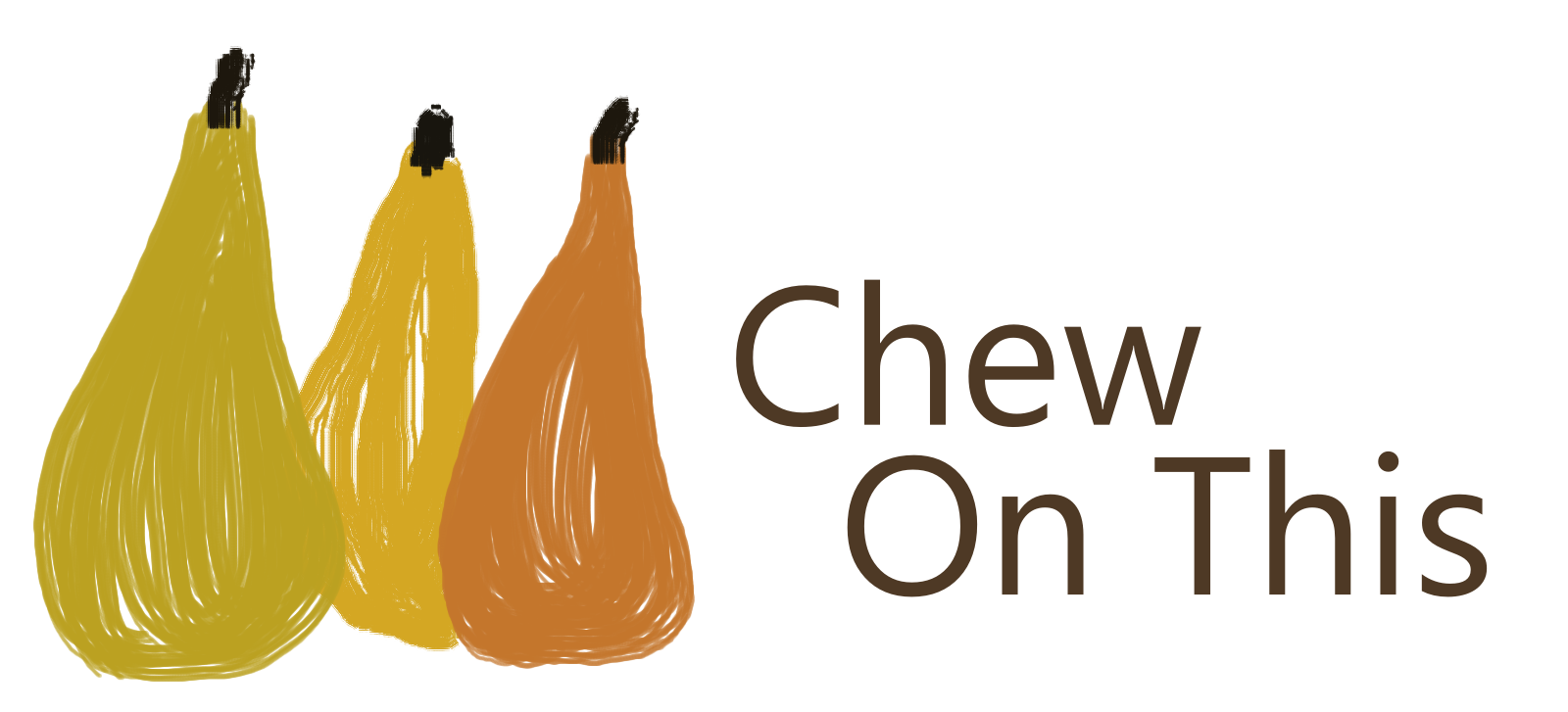Often, the weekly shop is characterised as a mad rush. It’s most people’s least favourite chore. As my mother would say growing up, “let’s get in and out as quickly as we can”.
I always assumed that this approach was a cost saving strategy: the less amount of time spent browsing meant the less ‘impulse buys’ purchased. For me, this is always a bunch of bananas, which invariably end up in a banana bread after forgetting about them a week later.
Instead, I’ve come to understand that for most, the mad rush of the weekly shop is driven by most things in our world: striving for speed, and efficiency. How fast can I get what I need and get home, after a long day of work?
Or perhaps this hatred is caused by the punishing breadth of variety consumers face in the modern day food jungle. How could choosing between 12 types of eggs not raise your blood pressure? Executive function overload reaches an all-time high in the aisles of the 2025 Tesco superstore. It’s therefore understandable that people have viewed picking out their
food for the week as a dreaded, weekly chore.
Unlike most, I have come to the realisation in recent years that I do not enjoy the sport of efficiency-food-shopping. I have accepted myself as a self diagnosed weekly food shop enthusiast. I browse the aisles with the pace akin to a snail on annual leave.
As supermarkets strive for a more systematic, streamlined shopping process, customers are separated further and further from their food.
We are, however, a dying breed. As high street stores disappear, and supermarkets strive for a more systematic, streamlined shopping process, customers are separated further and further from their food. Take for example, the tomato. Can you remember the last time you were able to squeeze a tomato in a supermarket?
I imagine one day we will go to supermarket drive throughs and ask an industrial size vending machine to deliver our goods: all in under 15 minutes! I can see the marketing ads now.There was however, a time when food was not plastic wrapped, and labelled in branding,
described by a 25 year old junior marketing executive. But rather lay in trees or on market stalls or in your local green grocer, requiring consumers to use their sense of smell, their touch, to make independent decisions on the flavour of the produce.
Juicy red tomatoes were felt, pressed and prodded for ripeness, and fish was sniffed and smelt for freshness. Customers interacted with their food, foraged from the fields to the marketplace, relying upon their own senses to guide them.
As part of the endangered species that enjoys the weekly shop, I argue its demise into efficiency is detrimental. Interacting with your food is an essential part of being human.
Perhaps removing the trust from consumers is what forces food businesses to produce uniform produce, with no need for the consumer to see or touch the goods, because we trust the packaging and plastic and labels. Is this disengagement from our food what
drives the demand for uniformity and soil exhaustion, and therefore the need for pesticides, to drive monocrop cultivation?
As consumers, we have more control in the food system than we think. Perhaps to support small plot farmers, who use regenerative methods, we only have to take an active role in selecting our food from the supermarket.
Engage with produce. Sniff, pick, squeeze, prod and poke your way around the supermarket to stand in defiance of disconnecting with food. Foraging may look different in the modern
day, but perhaps it has taken on a new meaning: a conscientious and interactive consumer, who hates plastic packaging.
Next time you’re in the supermarket, Look around. There are bound to be some rare
weekly-shop-enthusiasts taking their time and squeezing all the lemons in protest at the pre-packaged food revolution.

